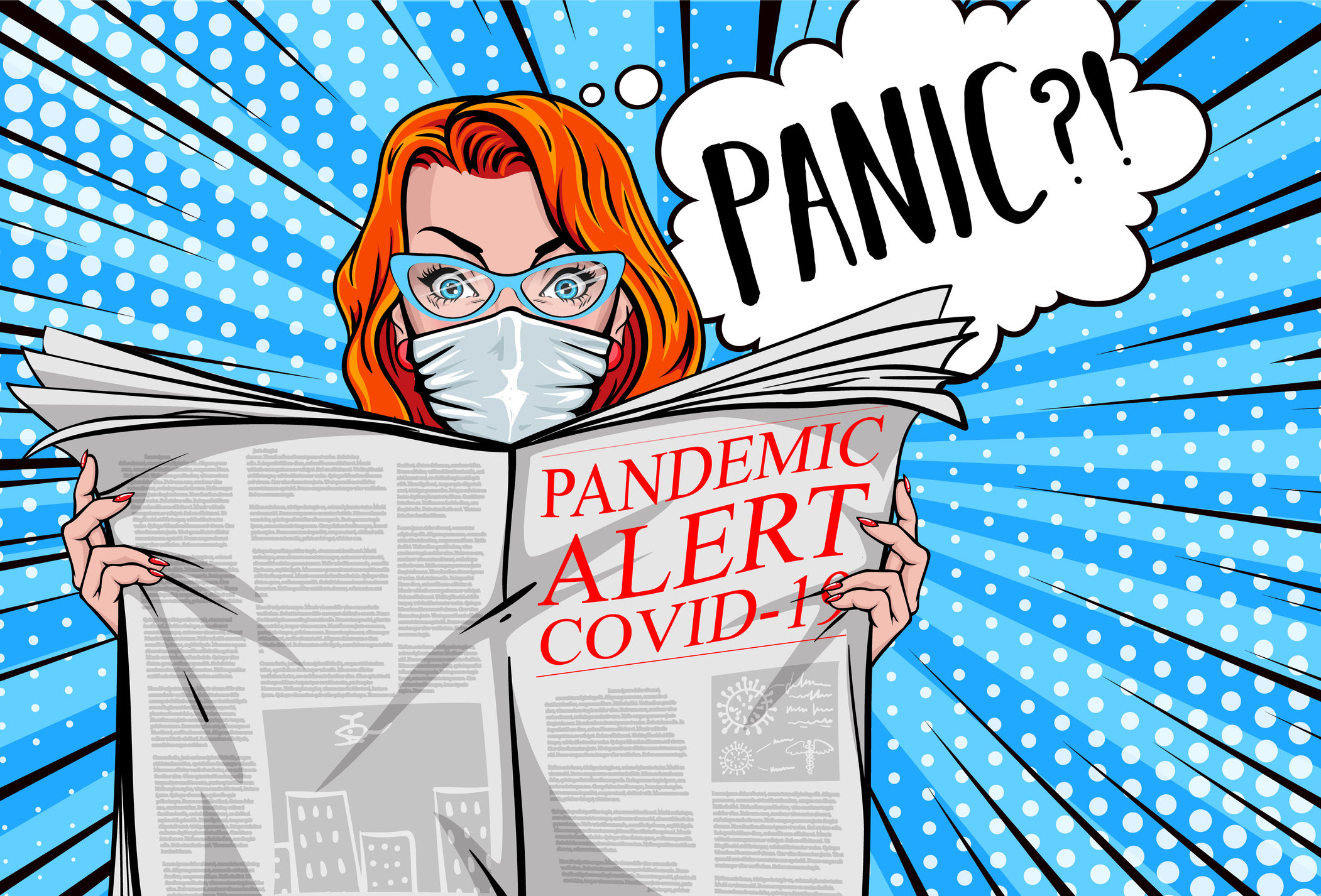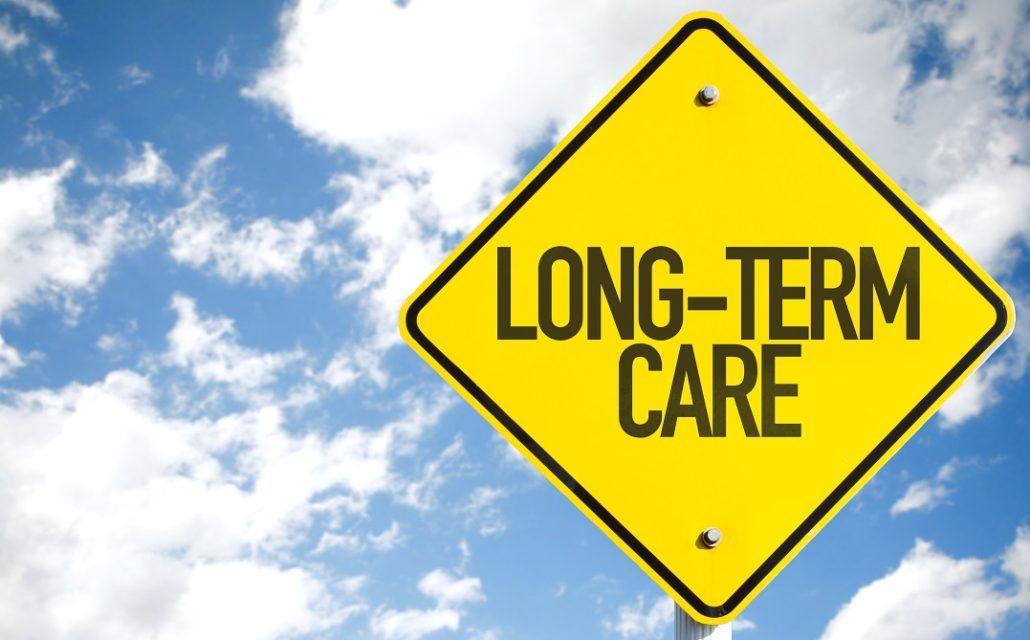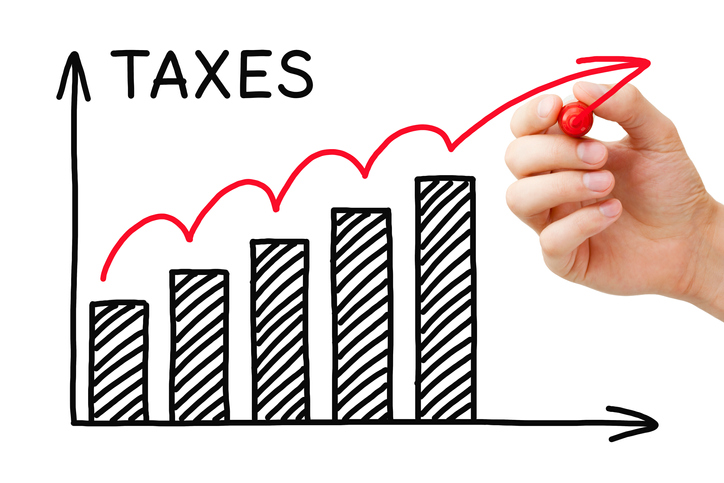The number of positive COVID-19 cases in the United States passed the three million mark yesterday. There has been a two-spike, logarithmic rise in positive cases since February in the U.S. It took the country three months to reach one million cases, six weeks to reach two million, and only an additional four weeks to reach the three million mark. (here) There was a dip in positive cases in early June, but the number accelerated rapidly as the country’s economy reopened.
The U.S. federal and state governments have been heavily criticized for the handling of the pandemic. The main argument is the lack of a central plan to combat the virus, as we have seen in other countries. Yet, the response to the pandemic has been predictable based on the cultural fabric of the United States.
To begin with, other countries don’t have the long standing tradition of separation of state and federal authority. Even within various states, local and regional governments play an extremely important role in the governing process. Likewise, social and environmental conditions vary dramatically from one part of the country to another. Living in New York City is clearly different than life in Minot, North Dakota.
The point is that local governments traditionally understood their constituencies the best and were in charge of the initial response to the pandemic. Similarly, the decisions to reopen the economies were based on the local impact of the virus and local predictions.
The U.S. has also historically been a rough and tumble, individualistic society. Whereas government officials in other countries can mandate the wearing of masks and social distancing, these measures are seen as draconian government overreach by many people in the United States.
Whether right or wrong, the response to the COVID-19 pandemic has been predictable in the U.S.






